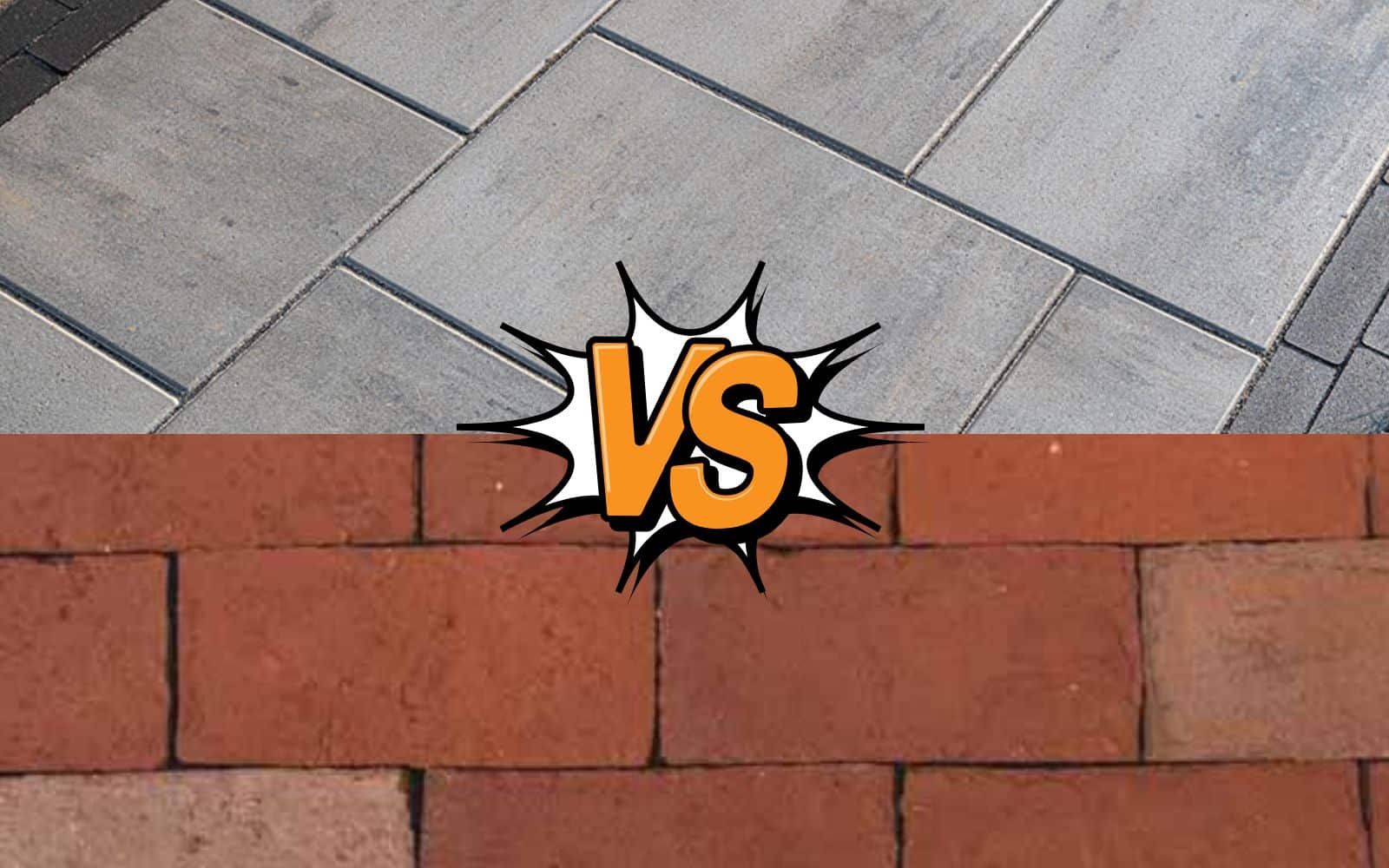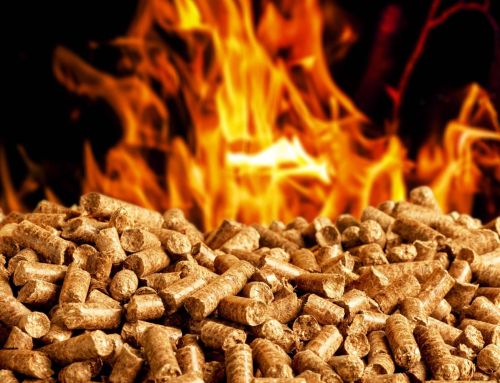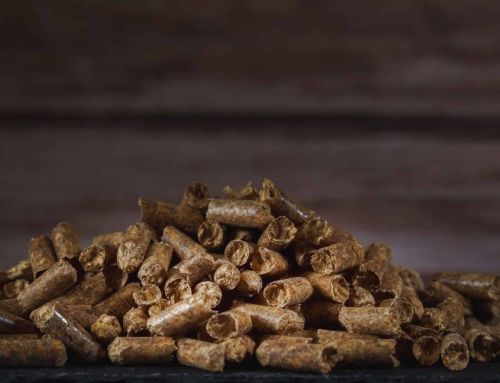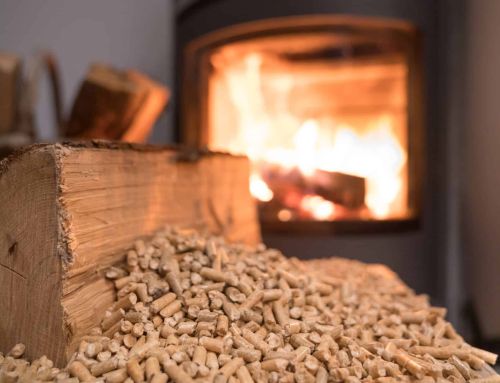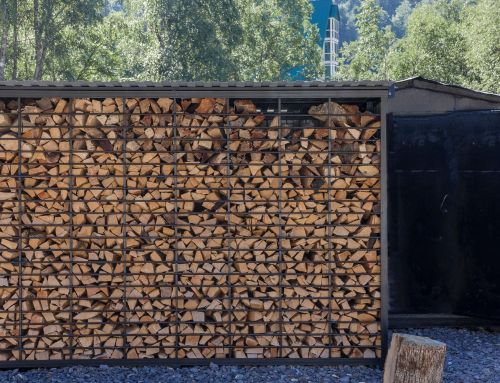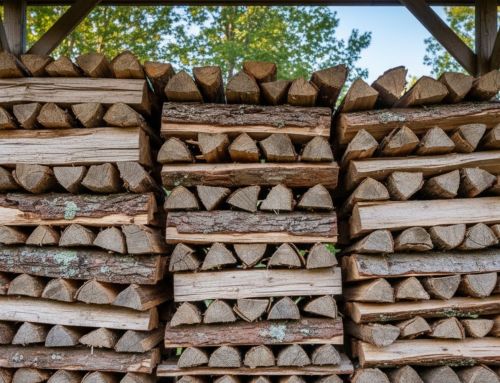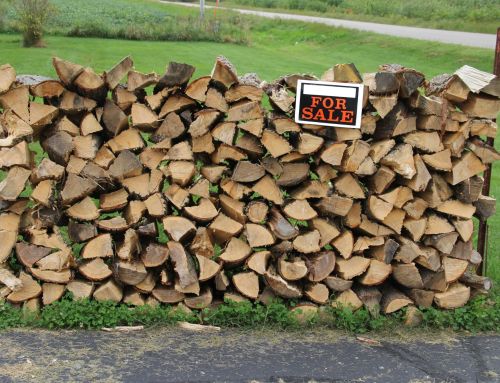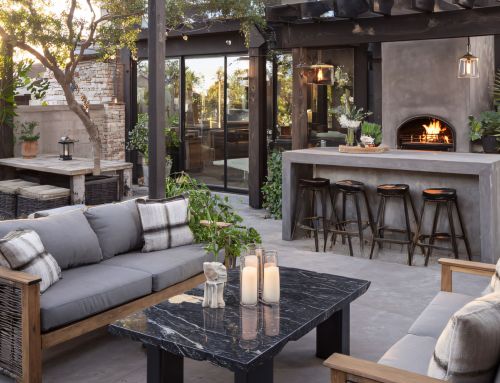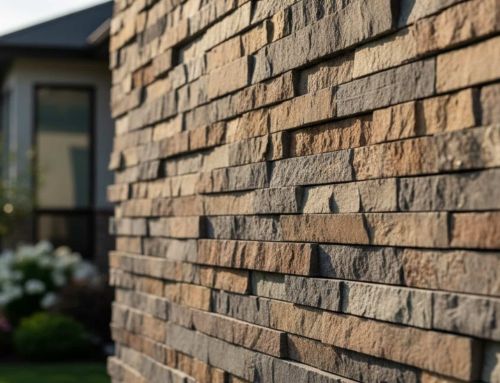Did you know that upgrading outdoor surfaces with pavers can boost curb appeal and even increase property value? That’s why many homeowners are asking the big question: concrete pavers vs brick paver, which one is better? Whether you’re planning a new driveway, patio, or walkway, the materials you choose will affect cost, durability, maintenance, and overall aesthetic appeal.
Both concrete pavers and brick pavers are trusted choices, but each offers different strengths. Brick delivers a timeless, natural appearance, while concrete provides more design flexibility at a lower cost per square foot. This guide will compare them side by side so you can make the best decision for your outdoor space.
What Are Pavers?
Pavers (also called paving stones) are individual units used to build a durable surface for driveways, patios, walkways, and other high-traffic areas. Unlike poured concrete, which creates one solid slab, pavers are installed piece by piece. This method allows for more flexibility, easier repairs, and the ability to create stunning patterns.
- Brick Pavers (Clay Pavers): Made from natural clay, molded, and kiln-fired. Genuine clay brick pavers are known for their classic red-brown tones and proven durability. They have been used for centuries in historic streets and courtyards.
- Concrete Pavers: Made from cement, sand, and aggregates, poured into molds, and air-cured. Concrete pavers come in various shapes, colors, and smooth finishes, making them a favorite for patios and modern landscapes.
- Natural Stone Pavers: Options like granite, travertine, or cobblestone provide unmatched beauty and longevity. At Old Station, we carry a full line of natural stone if you’re looking for a truly premium option.
Quick Comparison: Concrete vs Brick Pavers
When choosing materials for your outdoor space, concrete and brick pavers are two of the most popular options. Both offer durability, style, and long-term value, but they differ in appearance, cost, and maintenance needs. Understanding these differences can help you decide which paver best suits your project and budget.
| Feature | Concrete Pavers | Brick Pavers (Clay) |
|---|---|---|
| Cost (per sq. ft.) | $3–$15 | $5–$15 |
| Durability | Lasts 25–40 years, may fade over time | Can last 100+ years with proper care |
| Design Options | Wide variety of shapes, textures, colors | Limited to rectangular shapes, earthy tones |
| Maintenance | Requires sealing & cleaning more often | Low maintenance, resists staining |
| Installation | Easier to lay due to uniform size | Slight variations make it more labor-intensive |
| Best Use | Patios, walkways, and modern driveways | Driveways, classic patios, timeless looks |
Cost Comparison
For most homeowners, cost per square foot is the first deciding factor. Concrete pavers are generally more affordable upfront, usually $10–$30 per sq. ft. installed. Because they come in various shapes and sizes, they are easier to lay, which can also reduce labor costs.
By contrast, brick pavers (clay bricks) usually cost $15–$30 per sq. ft. installed. Since genuine clay brick pavers often have slight variations, installation takes longer, which raises labor costs. Natural stone pavers and cobblestone are premium choices, running $30–$50 per sq. ft. If you’re planning a large patio or driveway on a budget, concrete is often the superior choice. However, for long-term value and historic charm, brick is worth the investment.
Durability and Lifespan
When comparing pavers, durability is key. Concrete pavers are strong enough for high-traffic areas, but without sealing, they may fade or wear down after ten years. The good news is that modern mixes now include additives to improve strength and color retention.
Brick pavers, on the other hand, are built to last generations. Many historic streets laid with clay pavers are still intact today. While they may chip or flake in harsh weather conditions, proper maintenance keeps them in great condition. Both options perform far better than poured concrete or stamped concrete, which crack easily and are harder to repair.
Design Options and Aesthetic Appeal
Here’s where concrete and brick pavers differ most. Concrete pavers offer more design options, from minimalist designs with smooth finishes to rustic textures that mimic natural stone. They also come in various shapes, including squares, rectangles, hexagons, and planks, and are available in a wide range of colors.
Brick pavers, however, provide a natural appearance and timeless character. While color choices are limited to reds, browns, and earthy tones, they fit seamlessly into natural landscapes. Patterns like basket weave, running bond, and herringbone are classic favorites that never go out of style. If you want flexibility and creativity, choose concrete. If you want tradition and charm, go brick.
Maintenance and Repairs
Both brick and concrete pavers require proper maintenance, but not at the same level. Brick pavers naturally resist stains and fading. They typically only need cleaning once or twice a year, and sealing every 3–5 years keeps them from flaking.
Concrete pavers need more frequent cleaning and sealing to maintain their aesthetic appeal. Without upkeep, fading and staining are common. Still, both materials have a big advantage: if one breaks or shifts, individual pavers can be replaced without disturbing the whole surface, something not possible with poured concrete.
Installation Process
Installing pavers involves excavation, a gravel base, a sand layer, and then laying the pavers in your chosen patterns. Concrete pavers are easier to install because they are manufactured with uniform dimensions.
Brick pavers, by comparison, often have slight variations in size due to the manufacturing process of clay, which makes installation more labor-intensive. For small DIY projects, concrete is often easier to manage. But for larger jobs like driveways or patios, hiring a professional contractor ensures a long-lasting, durable surface with either option.
Eco-Friendliness and Environmental Impact
Brick (clay) pavers are made from natural clay. This makes them an environmentally friendly choice since they can be reclaimed, recycled, and reused in new projects. Their long lifespan and ability to maintain color without chemical dyes further add to their sustainability. In contrast, concrete pavers require more energy to manufacture and may rely on additives or sealants. However, they can also be designed as permeable pavers that allow water to pass through. This feature helps reduce stormwater runoff, replenish groundwater, and improve water management in outdoor spaces, which is particularly beneficial in urban areas.
For a more premium option, natural stone pavers, such as granite, bluestone, or travertine, offer a sustainable and timeless look that enhances curb appeal and can last for decades. However, quarrying and transport raise the environmental impact due to energy use and emissions. Choosing locally sourced stone or suppliers with responsible quarrying practices can help balance aesthetics, durability, and eco-friendliness, making stone pavers a more conscious choice.
Best Uses and Applications
Each material shines in specific projects, and knowing where each works best can guide your decision. For driveways, brick adds timeless value and elegance, while concrete offers strength and affordability. When it comes to patios, a concrete patio provides more flexibility in design layouts and color choices, making it a versatile option for modern spaces.
Meanwhile, brick’s classic charm blends perfectly with natural landscapes and traditional homes, which makes it a standout choice for walkways. For pool decks, concrete pavers with slip-resistant textures are a practical choice for wet areas, offering both safety and durability. This balance of beauty, function, and practicality highlights why both brick and concrete pavers remain popular across different outdoor projects.
Conclusion
When it comes to concrete pavers vs brick paver, there’s no one-size-fits-all answer. Concrete pavers are affordable, versatile, and stylish, making them a great choice for those seeking flexibility and value. Brick pavers, on the other hand, are timeless, durable, and full of character, perfect for homeowners who want a classic look that lasts for generations.
At Old Station Outdoor & Landscape Supply, we stock a wide range of concrete pavers, brick pavers, and natural stone pavers to help you create the perfect driveway, patio, or walkway. Whether you’re a homeowner or a contractor, our team provides high-quality materials and expert guidance to make your project a success. Contact us today to learn more or request a quote for your next project.
FAQs
Which is better, brick or concrete pavers?
Which is better brick or concrete pavers depends on your goals. Brick pavers are more durable and provide a timeless, classic style. Concrete pavers are more affordable and offer greater flexibility in colors, textures, and patterns.
Are brick pavers cheaper than concrete?
No, brick pavers are not cheaper than concrete. Brick usually costs $15–$30 per sq. ft. installed, compared to $10–$30 for concrete pavers. The higher cost comes from both the material and labor, since clay bricks can have slight variations that make installation slower.
What is the difference between pavers and concrete pavers?
The difference between pavers and concrete pavers is that “pavers” is a broad category that includes brick, concrete, and natural stone. Concrete pavers are specifically made from cement, sand, and aggregates. They are manufactured into various shapes and colors, unlike brick, which is limited to earthy tones.
What is the downside to concrete pavers?
The downside to concrete pavers is that they require more maintenance than clay brick pavers. They need regular sealing to prevent fading, staining, and surface wear. Without proper upkeep, signs of deterioration may appear within ten years.

